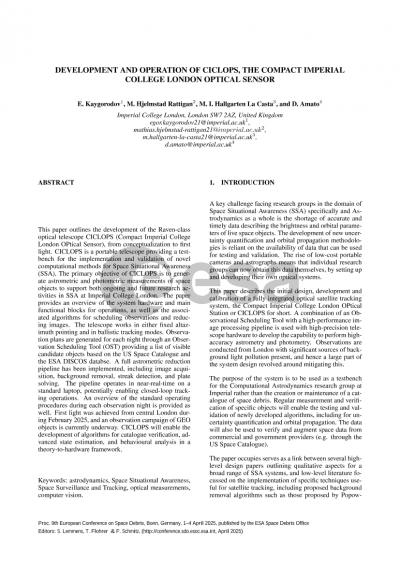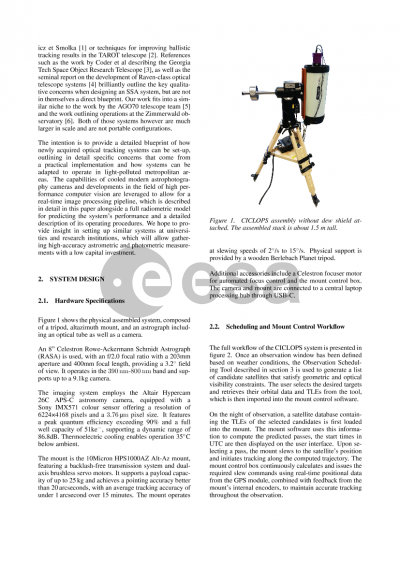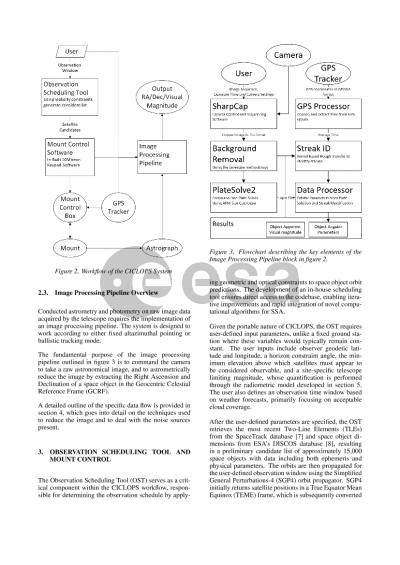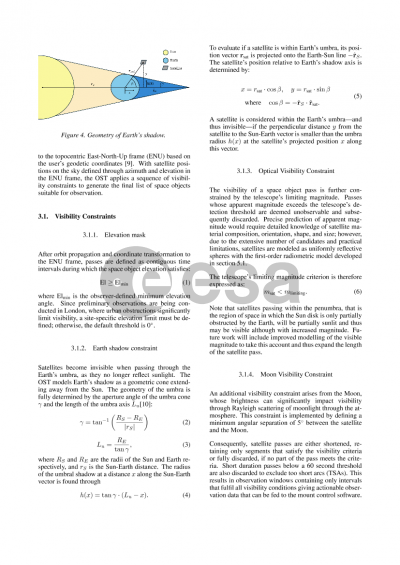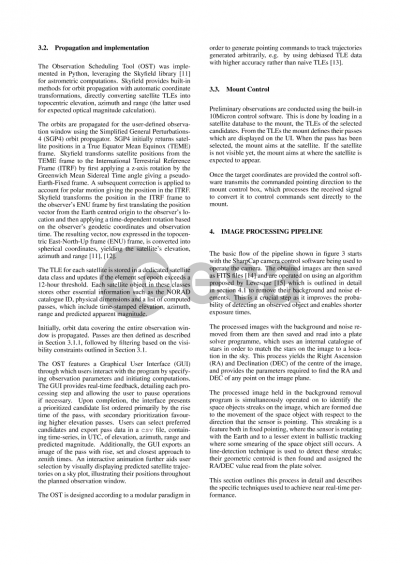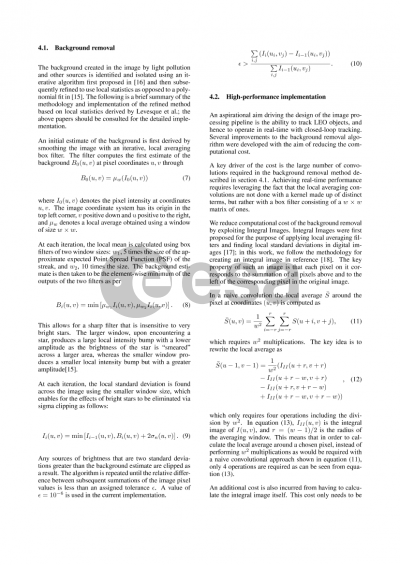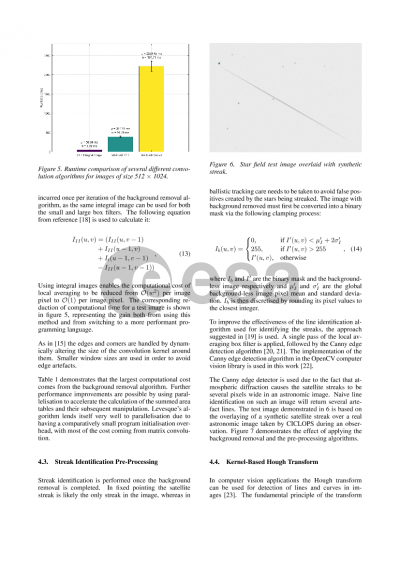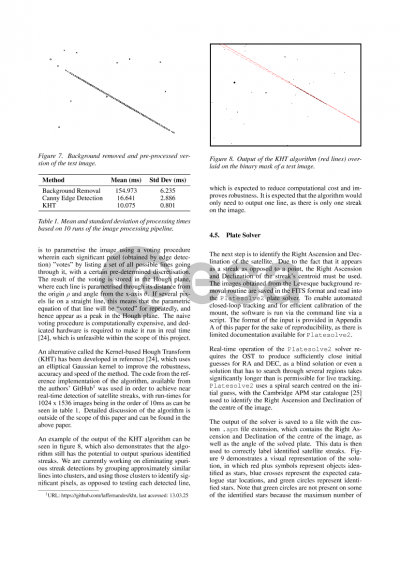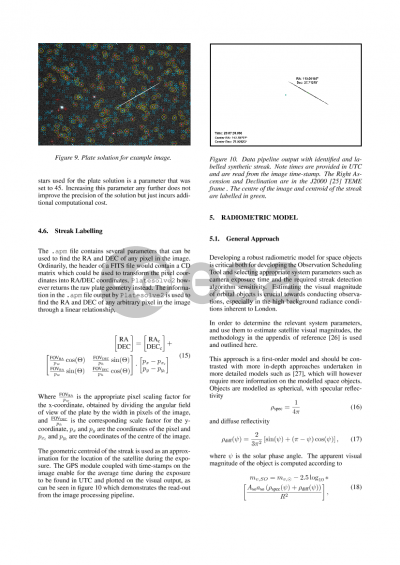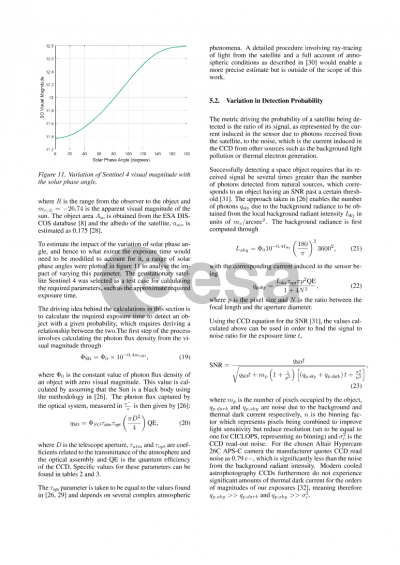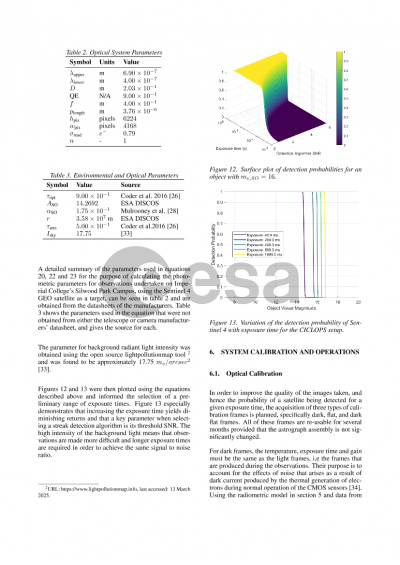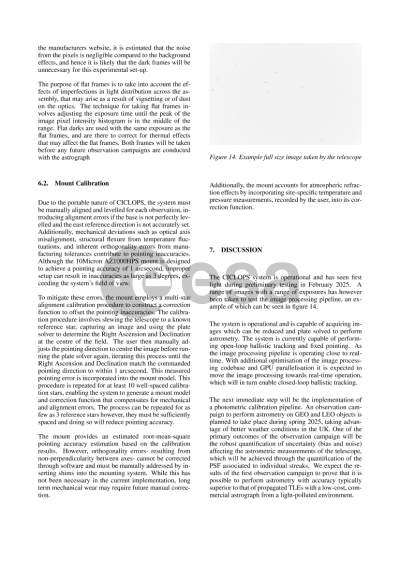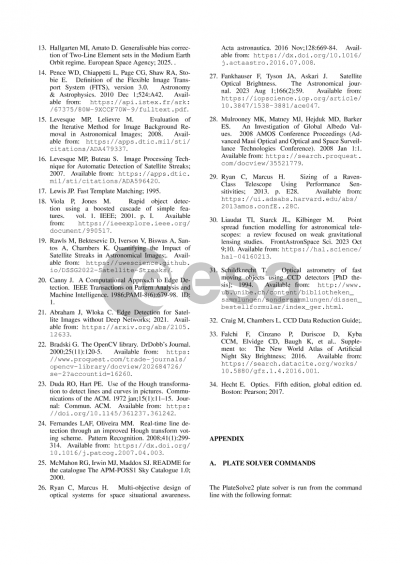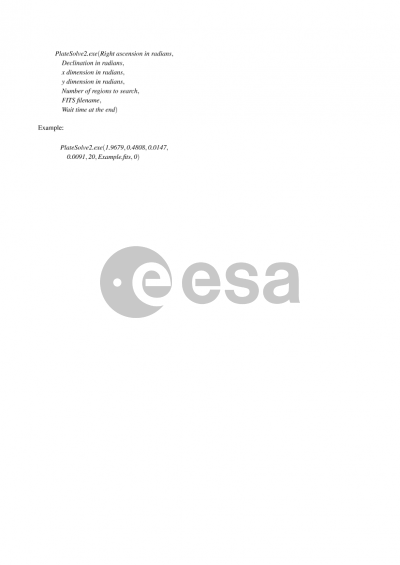Document details

Abstract
Developing and maintaining an accurate record of space objects is essential to mitigate the risks posed by the increasingly polluted space environment and ensuring access to space. The scale of this problem necessitates the development of an accurate, low-cost and robust Space Situational Awareness (SSA) systems that can be deployed at scale.
This paper outlines the complete lifecycle of the development of the Raven-class optical telescope CICLOPS (Compact Imperial College London OPtical Sensor), from conceptualization to first light. The system utilises a high-precision telescope mount with a tracking accuracy of below 1 arcsecond, and an overall tracking error of below 2 arcseconds for objects in LEO.
CICLOPS provides a test bench for the implementation and validation of novel computational methods for SSA. Algorithms for advanced state estimation and behavioural analysis of resident space objects under severe uncertainty will be tested by 1) implementation for pointing strategies and 2) validation on optical measurements taken by the telescope, enabling its use both for conducting state estimation and for validating state estimates obtained from other data sources.
The paper details operating procedures followed during a preliminary observation campaign, describes algorithms for image processing, reduction, and tracking, and outlines results produced during the initial testing. The primary goal during this phase is the observation of satellites in Geostationary Earth Orbit (GEO), with the system being designed achieve observation and tracking of LEO satellites in both an open-loop and closed-loop configuration. The primary CICLOPS data products consist of time series of azimuth and elevation (in TDM format) and multi-spectral light curves.
An Observation Scheduling Tool (OST) is developed in-house. Utilising publicly available Two-Line Element (TLE) data along with physical characteristics from the DISCOS database, the OST applies optical and geometric visibility constraints to predict satellite pass duration, local azimuths and elevations and predicted apparent visual magnitude.
Test observations with CICLOPS are undertaken within Greater London and are hence subject to significant local background radiant intensities. Adaptive background removal algorithms are implemented based on previous literature, with additional adaptations to reduce the computational cost by up to 400 times compared to a naive moving mean averaging approach and improve Signal-to-Noise Ratio (SNR).
Coupled with the physical system, a full radiometric model is implemented to determine the optimal system tracking parameters, including the object detection algorithm and exposure time. The model is capable of accurately predicting the detection probability of space objects by the system, for a range of possible parameters.
Preview
